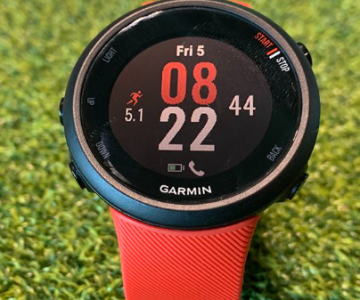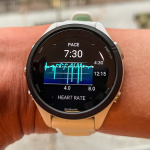Julian asks: Are trail shoes necessary for running on trails?
The word “necessary” is a bit strong. Whether you need them depends on the trail conditions.
Essentially, any off-road running counts as trail running. Whether you’re on a dirt road or a crushed stone path through a park, regular running shoes generally offer enough traction and cushioning for these conditions.
However, when the terrain becomes more technical, such as narrow, steep, or rocky paths, trail shoes become more beneficial.
Trail running shoes are built with extra durability, especially in the upper materials, which are designed to resist dirt and water. They often include additional protection around the midsole and toe area, offering a higher level of defense against rough conditions. To prevent dirt and debris from getting inside, many trail shoes have gusseted tongues, which are sewn into the sides of the shoe. Some models, like Altra’s Lone Peak and Superior styles, even come with Velcro attachments for gaiters, which are additional covers that provide an extra layer of protection against debris.
Another key feature is the inclusion of rock plates or stone guards. These plates are placed between the insole and midsole (or within the midsole) to shield the foot from rocks and roots. This is particularly important since trails vary greatly—some may be soft and covered with pine needles, while others could be filled with large rocks that make even walking a challenge.
The outsole of a trail shoe is what primarily differentiates it from a road shoe. Trail shoes use more durable rubber compounds, such as those from Continental, which you might find on Adidas models. They also provide much better traction, with sticky rubber designed to resist slippage and aggressive tread patterns made to dig into the dirt.
Additionally, some trail shoes are water-resistant, like the Vasque Pendulum II GTX, which features a Gore-Tex liner to keep your feet dry in wet conditions.
Of course, these additional features come with a trade-off—trail running shoes are generally heavier and can cost more than regular running shoes. The added weight comes from the more durable uppers, midsole protection, and superior traction. However, for those who regularly run on rocky, slippery, or challenging terrain, many find the extra weight and price well worth the benefits.





